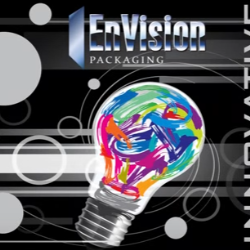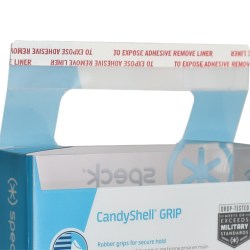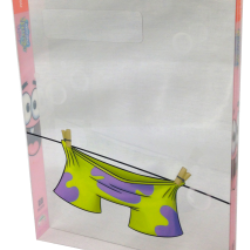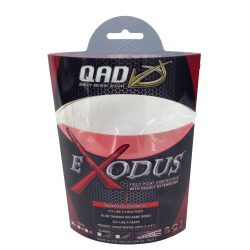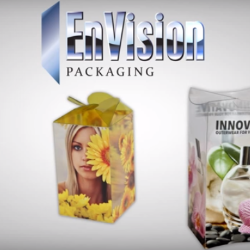Recyclable Content and Materials
“Reduce, Reuse, and Recycle” has become the mantra for many families. They don’t want to throw packaging in the garbage. They want to be able to put it in the recycle bin. They’re also often looking for packaging that’s made from recycled materials. When you package your product with recycled materials that can be recycled again, you have a winning combination.
Clear Labeling
Companies occasionally use phrasing that is misleading, and consumers are starting to pick up on that. For instance, the phrase “made using recycled materials” might mean that the packaging is made from 100 percent recycled materials or only 20 percent recycled materials. Be more specific in your labeling efforts. Additionally, let consumers know what they can do with your packaging. Saying, “This package is recyclable,” or “This package is compostable,” can keep people from tossing it in the garbage.
Appropriate Sizing
In the past, companies may have cut costs by creating one-size-fits-all packaging. This often meant that there was a lot of extra space in the package – a clear waste of materials. It’s become more popular to create packaging that fits the size of the product, saving the environment by using less material. Whenever possible, choose packaging that closely fits your product.
Air Cushioning
When the packaging does have extra space, use air to cushion the product rather than styrofoam. Companies typically do this by creating cardboard molds to hold the product in place. In shipping, they might use air pillows to fill up any extra space. These are available in a variety of sizes.
Conscious Manufacturers
Finally, it’s important to seek out packaging suppliers who are committed to helping the environment. Factory emissions are known to have a clear negative effect on the Earth, so many factories are incorporating techniques to reduce those emissions. As you research companies to manufacture your packaging, ask what they’re doing to keep production green.
Being conscious of the ways that our actions affect the planet is essential for our future. As everyone becomes more aware of the role they can play, it is only natural that consumers and companies alike gravitate toward more environmentally-friendly products.









